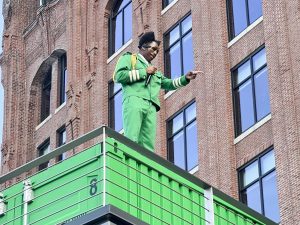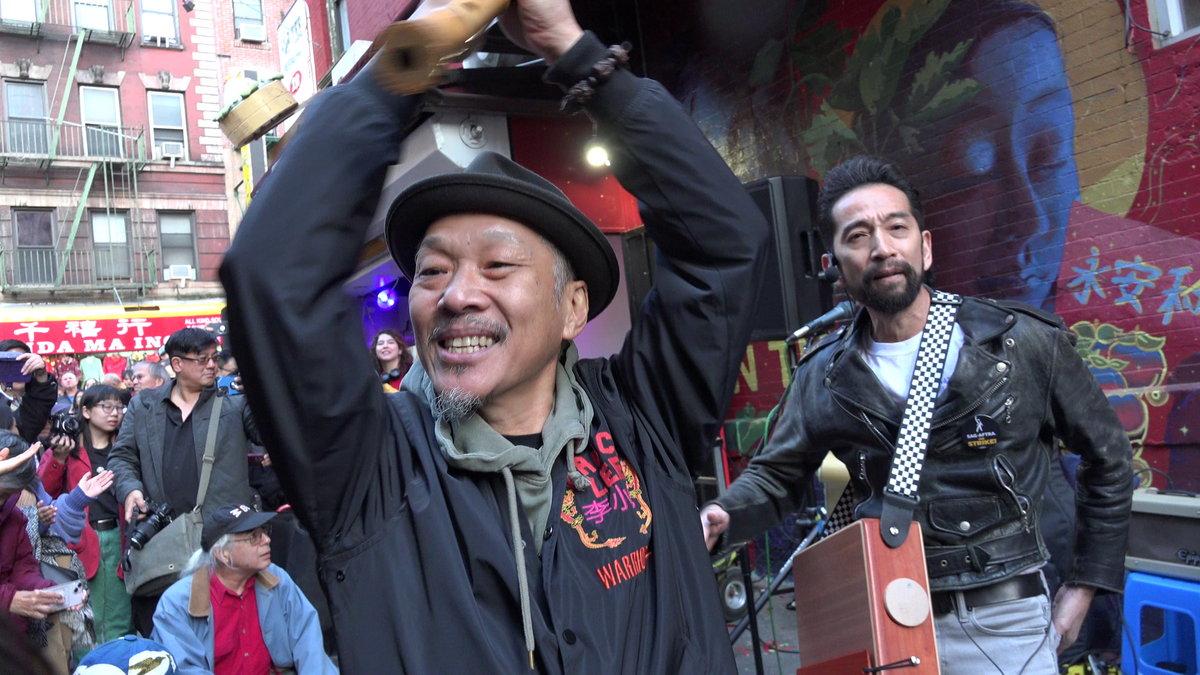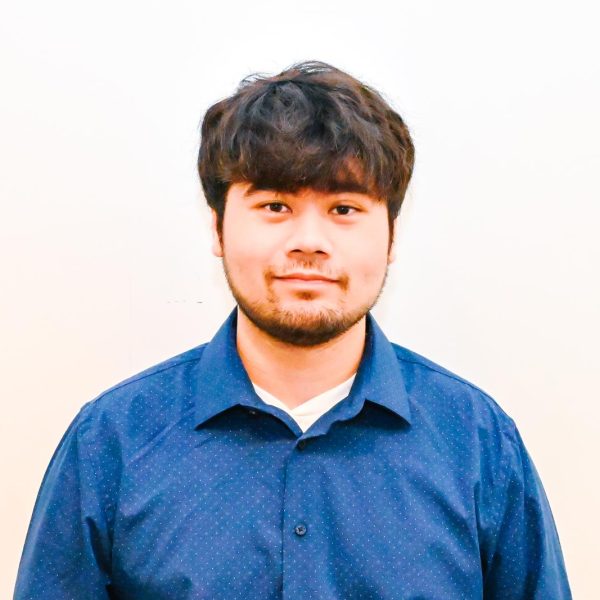UMass Boston’s Institute for Asian American Studies honored Corky Lee, a photographer well known for documenting Asian American history, through a display of student-submitted photos and a panel discussing his legacy and promoting the book, “Corky Lee’s Asian America: Fifty Years of Photographic Justice,” **which documented his life and work.
Lee was a Chinese American man from Queens, New York. He was a civil rights activist that dedicated more than fifty years of his life to documenting prominent moments of Asian American history through photography, bringing light to under-documented events. Lee died of COVID-19 Jan. 27, 2021.
The Institute allowed students to submit photos that they felt represented the idea of photographic justice, a term heavily associated with Lee’s work.
Alongside their photos, students were asked to answer questions about what photographic justice meant to them, what they were trying to capture with their photo and the different impacts or outcomes of how they used their photo.
From Oct. 22-28, a display of the photos was set up on the terrace of Campus Center’s second floor of all the submitted photos in front of a collage of newspapers documenting Asian American history. Alongside the display was a papier-mâché camera with a sword through the lens, surrounded by the quote, “I had to think that every time I take my camera out of my bag, it is like drawing a sword to combat indifference, injustice, and discrimination and trying to get rid of stereotypes.”
Celine Voyard, a UMass Boston alumna who works for the Asian American Institute, set up the exhibit.
“My main goal for the educational display, including the photographic justice submissions, was to bring some awareness to Corky Lee and his legacy, to make visible the diverse, current-day photographers who use this medium to bring about change in their communities and to talk about what is actually happening on the ground, in the photos themselves,” she said.
“In many ways, the submissions were a chance to see how current and future generations may practice Corky’s strong sense of documentation, education, art, and justice in their own lives,” Voyard said. “His legacy not only contextualizes the complex AAPI concerns of the past but provides a stepping stone for a world that may finally break away from colonial stereotypes, policies, and narratives.“
An Oct. 28 panel headlined by speakers Mae Ngai, a professor of Asian American Studies and History at Columbia University and a co-editor of “Corky Lee’s Asian America: Fifty Years of Photographic Justice,” and Virgo Lee, the advisor to the Corky Lee Estate, was held in the University Dining Club. During the panel, student submissions were displayed in the room, alongside some of Corky Lee’s photos.
Ngai and Virgo Lee talked about their personal experience with Corky Lee, and how his impact was felt in the community. They displayed a presentation showing and giving background to some of Corky Lee’s most notable work before answering audience questions.
One of Corky Lee’s accomplishments that was highlighted was his recreation of the photo taken in 1869 after the completion of the Transcontinental Railroad in Utah. In this original photo, no Asian workers were seen, despite them being responsible for a lot of the hard labor that went into the railroad’s construction. In 2014, Corky Lee traced and gathered the Asian laborers’ descendants to recreate the photo with them in it.
Virgo Lee talked about how Corky Lee first saw the original image when he was at Queens College in New York: “The 1869 photograph was one of the pictures that really affected him. He said ‘why are there no Asians in this photo?’ and he made the decision that when he graduated that he was going to correct that.”
Ngai said, “Corky always said that this was what he believed was photographic justice. The original photo was an injustice, and he dedicated his career toward photographic justice.”
Ngai also responded to a question about how Corky Lee used his photos for education, and the direct impact that’s been reflected on people through his work. Ngai went on to talk about how Corky Lee would go to community gatherings and universities with the hope of spreading knowledge and bringing attention to the history he documented, often for little to no pay.
Said Ngai, “Generally he did this for little or no money, or even on his own dime. He was enormously generous. He absolutely had a direct impact on many, many, people.”
This article appeared in print on Page 1 of Vol. LVIII Issue VII, published Nov. 18, 2024.




